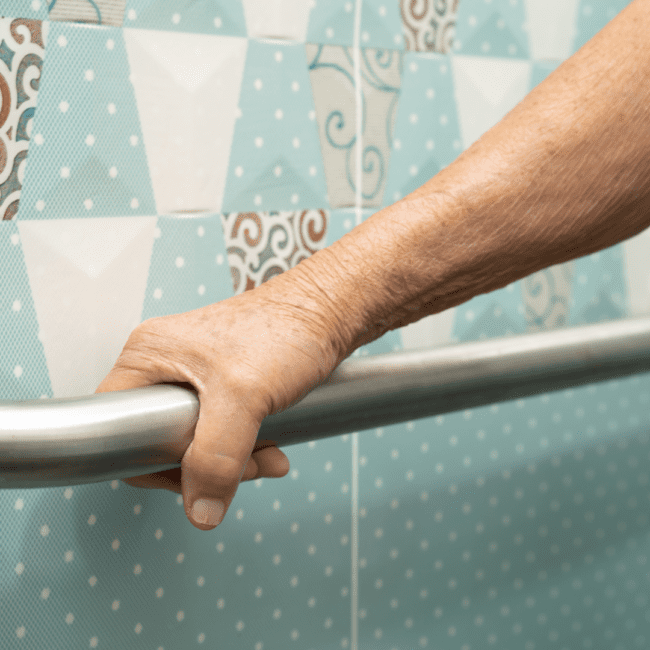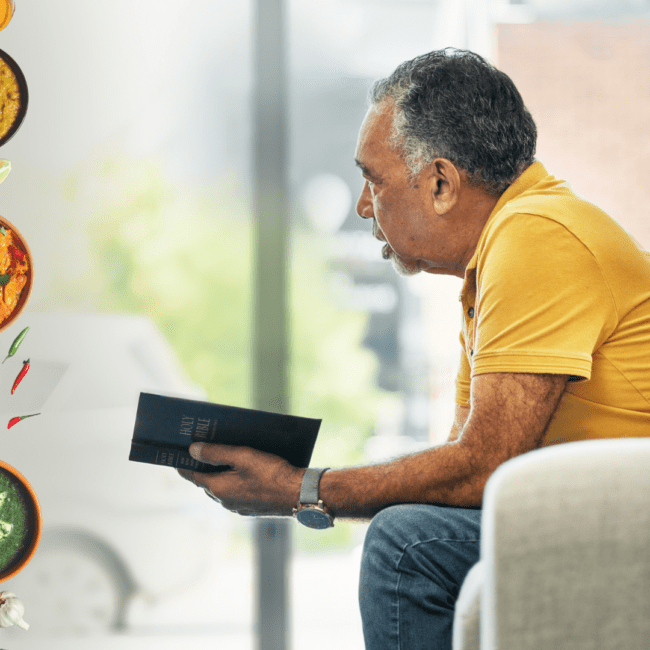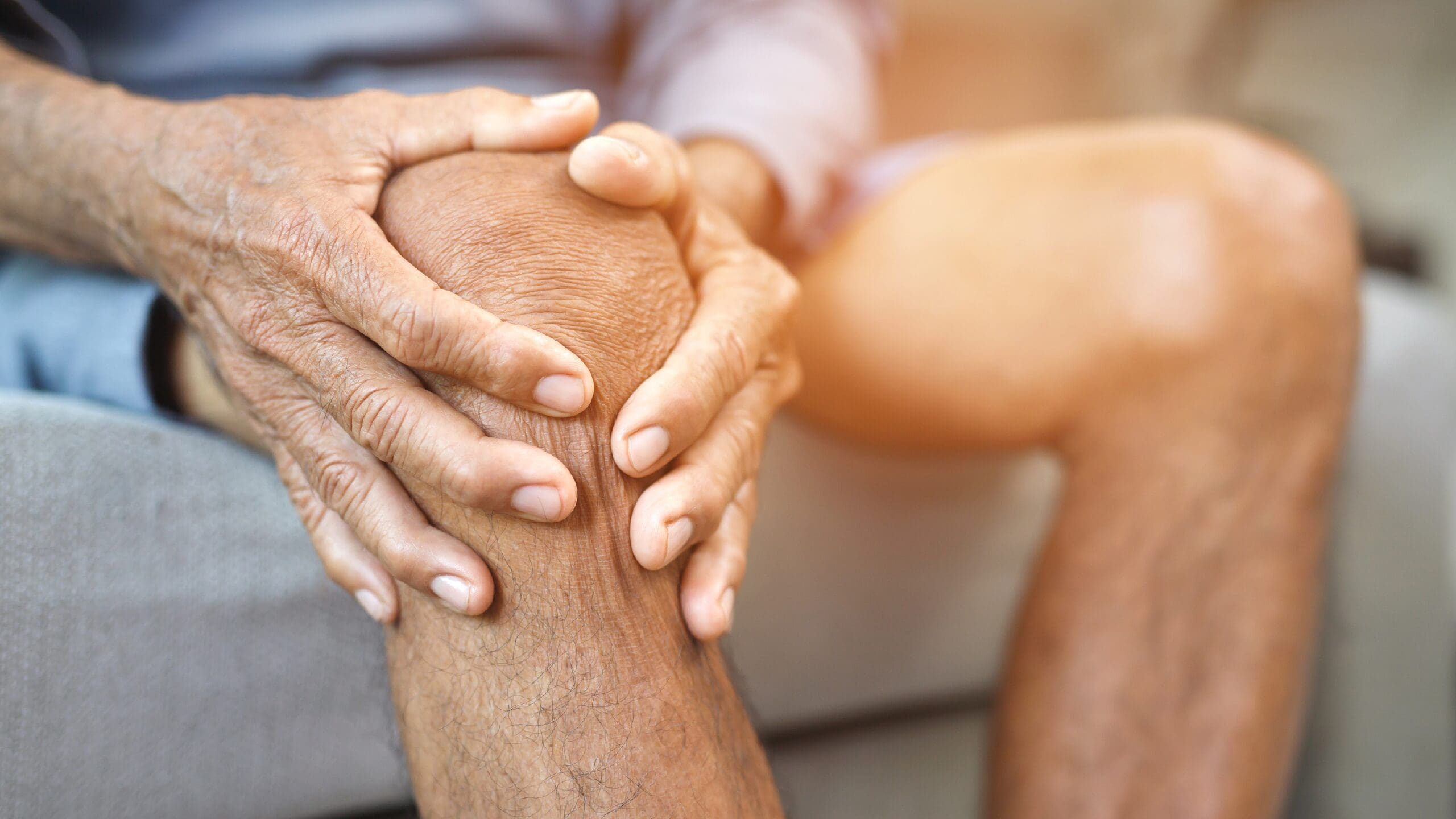Chronic pain is one of the most common and distressing health issues faced by older adults, often impacting their mobility, mood, sleep, and independence. For families and caregivers, it can be equally challenging to witness a loved one in pain and not always know how to help.
Understanding chronic pain and how it manifests in seniors is the first step towards managing it effectively. With early recognition and a well-rounded care approach, much can be done to improve quality of life.
What Is Chronic Pain in Older Adults?
Chronic pain lasts longer than three to six months, beyond the usual recovery period of an illness or injury. Unlike acute pain, which signals immediate harm, chronic pain persists and can become a condition in itself.
As we age, natural wear and tear, slower healing, and multiple health issues can increase the risk of long-term pain. It’s important to know that this pain is not an inevitable part of ageing; it is treatable.
What are the Common Causes of Chronic Pain in Seniors?
- Arthritis: Osteoarthritis and rheumatoid arthritis are major contributors to joint pain.
- Back Pain: Often caused by spinal degeneration, slipped discs, or posture-related strain.
- Neuropathic Pain: From conditions like diabetes (diabetic neuropathy) or shingles.
- Post-Surgical Pain: Especially after joint replacements or fracture surgeries.
- Chronic Conditions: Cancer, osteoporosis, and fibromyalgia are common culprits.
- Emotional Factors: Loneliness, depression, and anxiety can heighten pain sensitivity.
Recognising Signs of Chronic Pain
Many older adults may not voice their pain, believing it’s a normal part of ageing. As a caregiver or family member, watch for signs like irritability, changes in sleep, reduced mobility, or withdrawal from activities. These subtle cues often indicate chronic pain that needs attention and compassionate support. As a caregiver or family member, be observant of:
- Irritability or mood swings
- Changes in sleep patterns
- Reduced activity or reluctance to move
- Withdrawal from social activities
Pain is often unspoken; look for these behavioural clues to spot it early.
Approaches to Pain Management
A. Medical Management
Consultation with a healthcare provider is essential. Doctors may prescribe:
Worried about your Elderly parents back home?
Call us today to arrange Care Like Son and Daughter™.
- Analgesics (basic pain relievers)
- NSAIDs (non-steroidal anti-inflammatory drugs)
- Opioids (used cautiously due to dependency risks)
Regular check-ups ensure medications remain effective and do not interact harmfully with others the senior may be taking.
B. Non-Pharmacological Options
Non-drug methods often provide great relief with fewer side effects:
- Physical Therapy: Supports strength and flexibility
- Exercise & Movement: Walking, chair yoga, or tai chi help circulation and mood
- Hot/Cold Therapy: Warmth for stiffness, cold for inflammation
- Massage & Acupuncture: May ease muscular and nerve-related pain
- Occupational Therapy: Home and daily task adaptations to reduce pain
- Cognitive Behavioural Therapy (CBT): Helps change how the brain interprets pain and supports emotional resilience
Combining therapies is often more effective than relying solely on medication.
Home and Lifestyle Adjustments
Small changes at home can make a big difference in managing daily discomfort:
- Use ergonomic chairs and cushions
- Ensure footwear provides support
- Fall-proof the home by removing tripping hazards and installing grab bars
- Improve sleep with quality bedding and a calm routine
- Encourage a daily schedule that balances rest and gentle activity
Keeping the home environment safe and soothing can prevent pain from worsening.
Emotional and Social Support Matters
Chronic pain doesn’t just affect the body; it influences emotions, confidence, and relationships.
- Seniors living with constant discomfort may feel isolated or depressed.
- Family support and empathy can go a long way in easing this emotional load.
- Encourage social connection, whether through community centres, religious groups, or online platforms, to help restore a sense of purpose and belonging.
Being heard and understood is often the best medicine.
When to Seek Specialist Care
There are times when chronic pain needs focused intervention. Seek professional help if:
- The pain worsens or doesn’t respond to basic treatments
- It interferes with essential activities like bathing, eating, or walking
- You feel unsure or overwhelmed as a caregiver
Pain management clinics or geriatric specialists can create a personalised plan that addresses both physical and emotional aspects of pain.
Conclusion
Chronic pain in the elderly is real, but it doesn’t have to define the ageing experience. With the right mix of medical care, emotional support, and lifestyle adaptations, pain can be significantly reduced.
What matters most is consistent communication, timely interventions, and a hopeful outlook. Together, families and caregivers can ensure that older adults live not just longer, but better.







